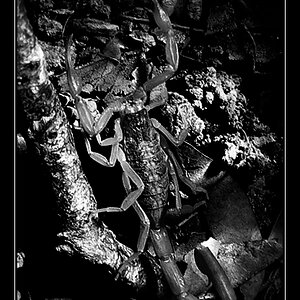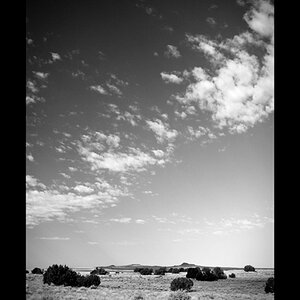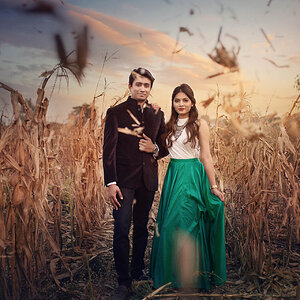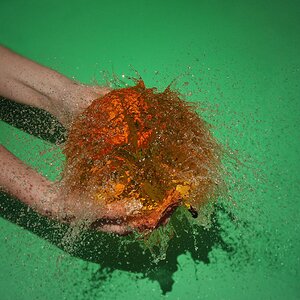- Joined
- Dec 11, 2006
- Messages
- 18,743
- Reaction score
- 8,047
- Location
- Mid-Atlantic US
- Website
- www.lewlortonphoto.com
- Can others edit my Photos
- Photos NOT OK to edit
Depending on where one is in their photography learning curve affects what comments on pictures posted are useful.
Inevitably as I work on editing a picture to get it to its final form, I become used to the image and I may not be seeing faults that are obvious to others. For example, I posted a picture of Rice Paddies in the Dry Season and Sleist pointed out, quite rightly, that it needed to be cropped from the bottom. And once pointed out, it became obvious. I had considered it before but somehow it lost its importance as a possible fault and I never tried the edit before I posted it.
Additionally, sometimes I am ambivalent about certain features and want to get feedback to re-calibrate my own sensibilities.
So I am torn between asking leading questions and just leaving the images unremarked upon so I don't actually direct any comments.
On the whole, with the paucity of comments/criticisms I do get, perhaps leading questions won't hurt as much as they will help by giving people an entry to the picture.
What do you think?
Inevitably as I work on editing a picture to get it to its final form, I become used to the image and I may not be seeing faults that are obvious to others. For example, I posted a picture of Rice Paddies in the Dry Season and Sleist pointed out, quite rightly, that it needed to be cropped from the bottom. And once pointed out, it became obvious. I had considered it before but somehow it lost its importance as a possible fault and I never tried the edit before I posted it.
Additionally, sometimes I am ambivalent about certain features and want to get feedback to re-calibrate my own sensibilities.
So I am torn between asking leading questions and just leaving the images unremarked upon so I don't actually direct any comments.
On the whole, with the paucity of comments/criticisms I do get, perhaps leading questions won't hurt as much as they will help by giving people an entry to the picture.
What do you think?
Last edited:


![[No title]](/data/xfmg/thumbnail/41/41799-fe172a668fba7717bf773664387d64aa.jpg?1619739897)

![[No title]](/data/xfmg/thumbnail/38/38263-ad5e4c9e677626ddb5b1e7cdf9ebe40e.jpg?1619738548)

![[No title]](/data/xfmg/thumbnail/36/36396-f8e84def7352af726df923054b86284f.jpg?1619737549)
![[No title]](/data/xfmg/thumbnail/32/32161-a5da499a329f1fae945778aac75d4442.jpg?1619735234)





